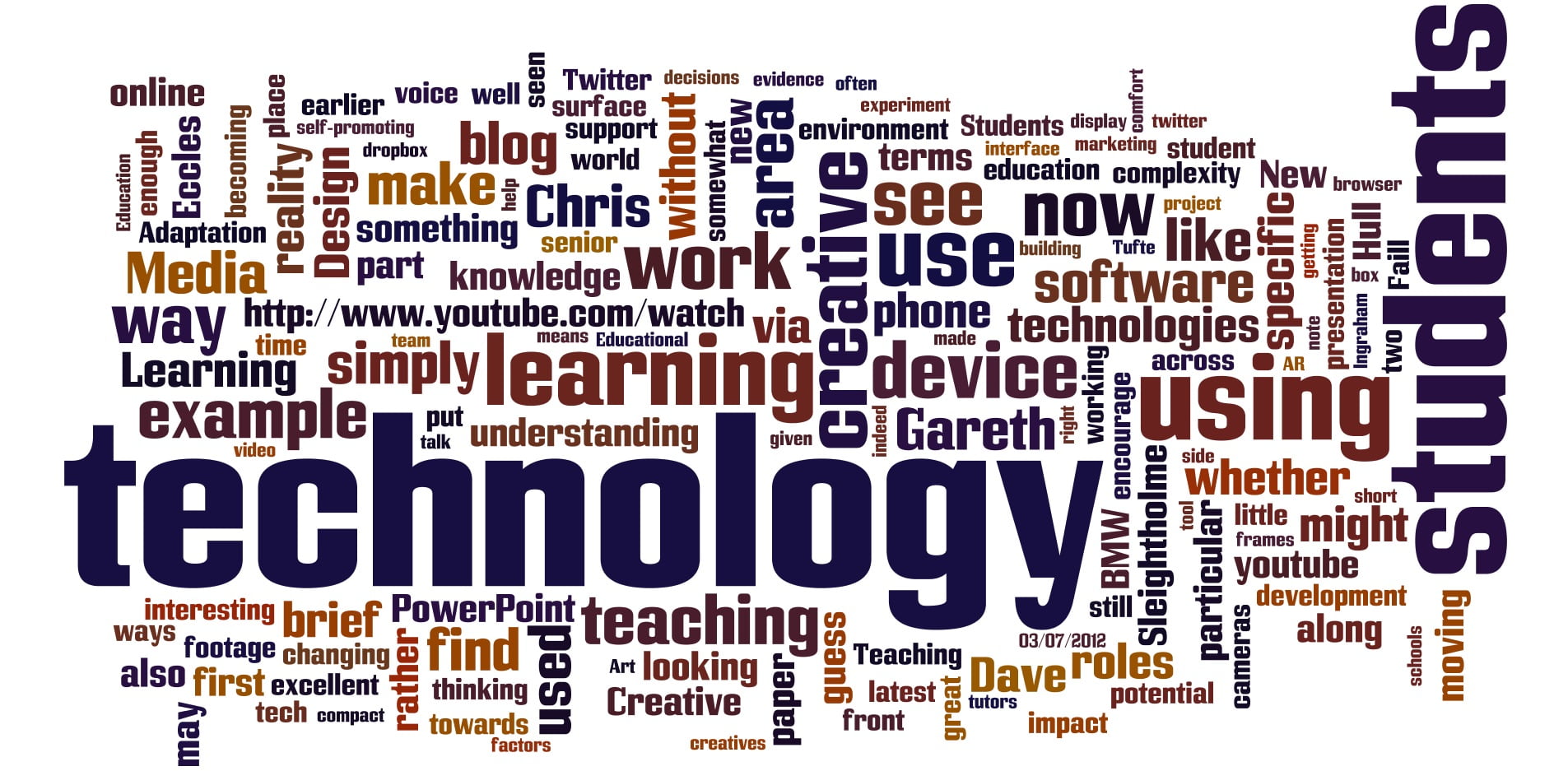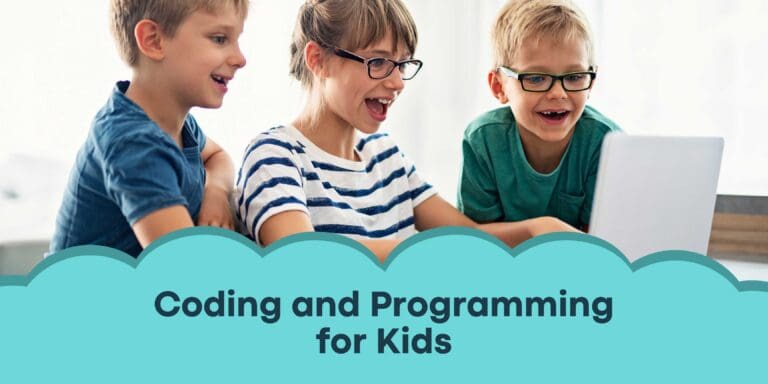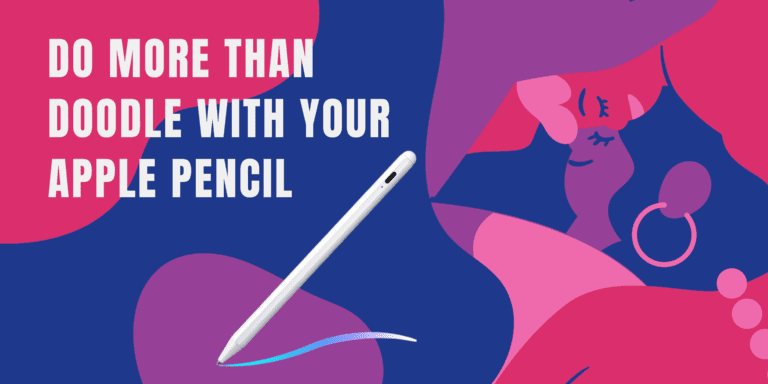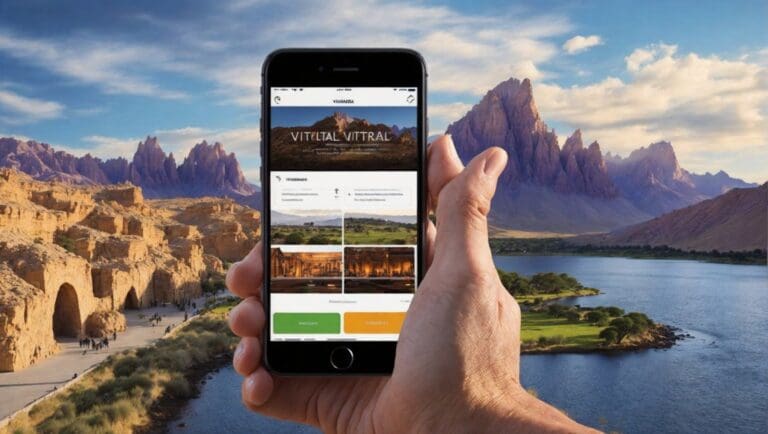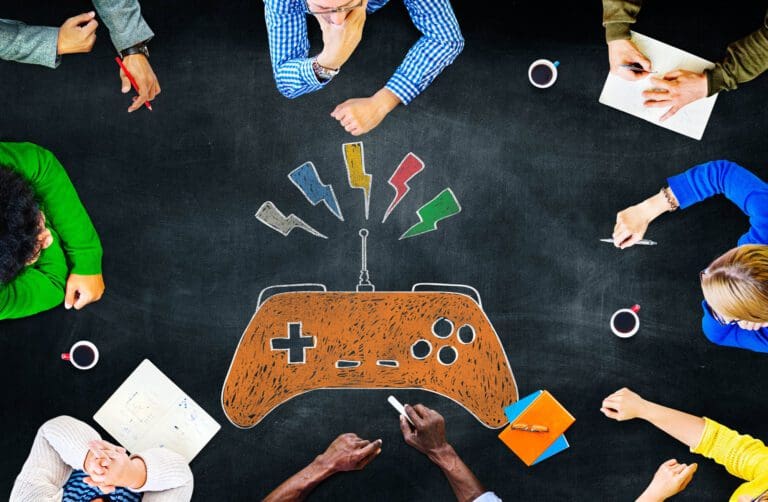Digital Literacy: The Key to Navigating the Information Age
In today’s fast-paced and digitally-driven world, using technology effectively and efficiently is essential.
Being digitally literate means possessing the skills and knowledge to use technology to its fullest potential.
The term “digital literacy” has become increasingly common as we rely more on digital devices to access information, communicate with others, and perform various tasks. This article will discuss the importance of digital literacy, the skills needed to become digitally literate, and how to acquire them.
Digital literacy involves finding, evaluating, using, and creating information using digital technology. It encompasses using digital devices, software applications, and the internet to communicate, collaborate, and create. It’s much more than just basic computer skills. It involves a wide range of competencies, including information literacy, media literacy, and technology literacy.
In today’s information age, digital literacy is crucial. The internet has transformed how we access information, and being digitally literate allows us to navigate and make sense of the vast information available online. Digital literacy also helps us communicate and collaborate effectively, whether it’s through email, social media, or video conferencing.
To become digitally literate, one needs various skills, such as:
- Information literacy. Information literacy involves locating, evaluating, and using information effectively.
- Media literacy. Media literacy requires individuals to analyze and evaluate media messages critically.
- Technology literacy. Technology literacy involves using digital devices and software applications.
- Communication and collaboration skills. Communication and collaboration skills are essential to working with others using digital technology.
- Cybersecurity and privacy skills. Cybersecurity and privacy skills are necessary to protect oneself and personal information online.
To become digitally literate, start with the basics and gradually build skills. Learning digital literacy skills can be done through various methods, including online courses, workshops, and self-directed learning. Libraries and community centers offer digital literacy classes, and numerous online resources are available. Practice regularly by using technology often.
Digital literacy is critical to today’s information age. It enables us to navigate the vast amount of online information, communicate and collaborate effectively, and protect ourselves and our information online. By developing digital literacy skills, individuals can fully participate in the digital world and use technology to their advantage. Whether you’re a student, professional, or lifelong learner, investing time and effort into becoming digitally literate is essential.
Navigating the Digital World
The internet has completely transformed how we access and consume information, making digital literacy a critical ability for everyone. With digital literacy skills, individuals can effectively navigate and make sense of the vast information available online. Additionally, digital literacy enables people to communicate and collaborate effectively through email, social media, and video conferencing.
Starting with the basics and gradually building on skills is crucial to becoming digitally literate, and practice is key to applying what has been learned. Fortunately, individuals can learn digital literacy skills through various methods, including online courses, workshops, and self-directed learning.
Digital literacy programs are educational initiatives designed to improve individuals’ skills, knowledge, and competencies in using digital technologies for various purposes, such as communication, information gathering, problem-solving, and decision-making.
Digital literacy programs can be delivered in different formats, such as online courses, workshops, webinars, and in-person training sessions. These programs may target various audiences, including students, educators, employees, seniors, and disadvantaged groups.
Digital literacy programs are essential to prepare individuals for the digital age and ensure they can fully participate in the digital economy and society.
Libraries and community centers also offer digital literacy classes, and many online resources are available to help individuals improve their digital literacy.
There are many online courses available to improve digital literacy skills. Here are some examples:
- Google Digital Garage: This free online course offered by Google provides training in various digital skills, including digital marketing, social media, and e-commerce.
- Codecademy: This website offers free and paid coding and web development courses. It’s a great resource for learning Python, Java, and HTML/CSS programming languages.
- LinkedIn Learning: Formerly known as Lynda.com, LinkedIn Learning offers courses on various topics, including digital literacy, software applications, and business skills. There is a monthly subscription fee, but many libraries offer free access to LinkedIn Learning for their members.
- FutureLearn: This website offers a variety of free and paid courses in digital skills, including data analysis, cybersecurity, and digital marketing.
- Alison: This website offers free online courses in various subjects, including digital literacy, computer skills, and software applications.
- Coursera: This website offers online courses from top universities and organizations worldwide. Many of the courses are free, but there is a fee for courses that include a certificate of completion.
- Udemy: This website offers courses on various topics, including digital skills, business, and personal development. There is a fee for most courses, but many free options are also available.
These are just a few examples of the many online courses available to improve digital literacy skills. When choosing a course, it’s important to consider your goals, interests, skill level, and the reputation and credibility of the course provider.
Digital Literacy for Students
Digital literacy skills for students are particularly vital as technology has become an integral part of education. From conducting online research to attending virtual classrooms, students need to be able to use digital devices, software applications, and the internet to access and utilize information effectively. Digital literacy enables students to collaborate on projects, communicate with peers and teachers, and develop critical thinking skills by evaluating online sources.
Schools and educational institutions must integrate digital literacy into their curriculum to equip students with the skills necessary to succeed in today’s digital world. Teachers can incorporate digital literacy skills into their lessons by teaching students how to search for and evaluate online sources, use digital tools to create projects and presentations, and collaborate effectively using technology.
Additionally, schools can offer digital literacy classes and workshops to teach students the necessary skills.
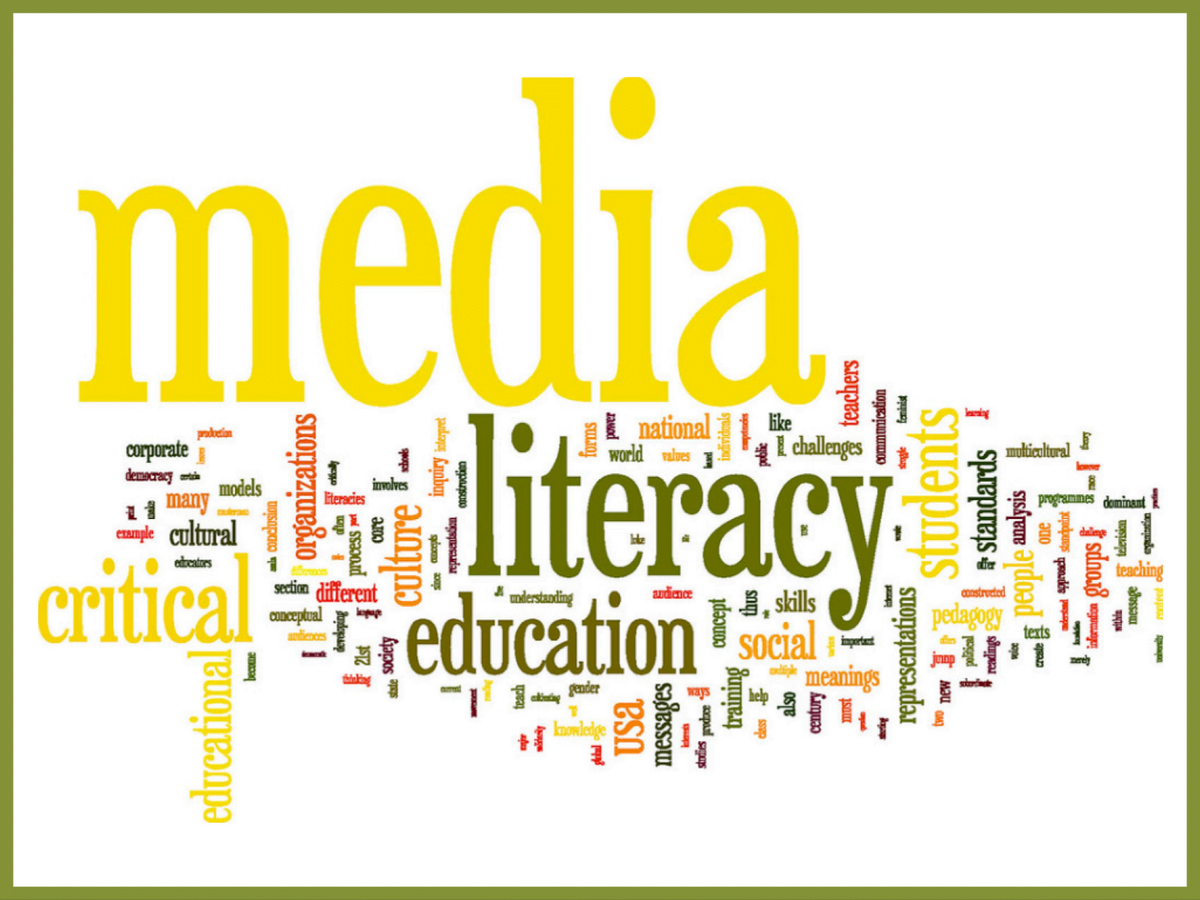
The Importance of Information Literacy in the Digital Age
Information literacy is locating, evaluating, and effectively using information. It is a crucial aspect of digital literacy that empowers individuals to navigate the vast amount of information available on the internet.
Information literacy skills include effectively using search engines, databases, and other online resources and assessing online sources’ credibility.
With the rise of technology, the importance of information literacy has become even more apparent. Although technology has made information more accessible, it has also made it harder to assess its accuracy and reliability. Without information literacy skills, individuals may struggle to differentiate between credible and unreliable sources of information.
Digital literacy plays a significant role in developing information literacy skills, and the internet is central to this process. Being digitally literate means understanding how to use technology to locate and evaluate information effectively. It involves knowing how to use search engines, navigate online databases, and efficiently use other online tools to find relevant and reliable information.
Educational institutions have a crucial role in developing students’ information literacy skills. Teachers can guide students in critically evaluating sources and differentiating between reliable and unreliable information. Students can learn how to evaluate and effectively use information by integrating information literacy into the curriculum.
Teaching Digital Literacy Skills
Teaching digital literacy skills involves helping individuals to use technology effectively and efficiently. It includes understanding how to use various types of technology, such as software applications, social media platforms, and other online tools. It also involves developing their ability to evaluate and manage digital information, including online security and privacy concerns.
To teach digital literacy skills effectively, educators need to adopt a learner-centered approach that focuses on the needs and interests of individual learners. It requires creating engaging learning experiences that enable learners to participate actively in the learning process. Educators can use various teaching strategies, such as hands-on activities, group work, and online instruction, to help learners develop digital literacy skills.
Instructional design is a crucial element of teaching digital literacy skills. Effective instructional design involves creating learning activities aligned with specific learning objectives and catering to different individuals’ learning needs. It also provides learners opportunities to apply and practice the skills they have learned in real-world settings.
Technology can be a powerful tool for teaching digital literacy skills. The use of educational technology, such as learning management systems, online courses, and digital resources, can provide learners with flexible and personalized learning experiences. Technology can also facilitate collaboration and communication among learners, enabling them to learn from one another and share their knowledge and experiences.
What are examples of digital literacy?
A digital literacy framework refers to a set of guidelines, skills, and competencies required to effectively use digital technologies for communication, information gathering, problem-solving, and decision-making.
Digital literacy is the ability to effectively and critically use digital technologies to communicate, access, analyze, and evaluate information, and to participate in digital communities.
Digital literacy standards refer to a set of guidelines and benchmark that define the skills, knowledge, and competencies needed to effectively use digital technologies for various purposes. These standards provide a framework for educators, policymakers, and other stakeholders to ensure that individuals develop the necessary digital literacy skills to succeed in the digital age.
Digital literacy encompasses a range of skills and competencies related to using technology and navigating the digital world. The following are examples of digital literacy programs:
- Basic computer skills include knowing how to use a computer, operating system, and basic software applications.
- Internet navigation: Knowing how to use search engines, navigate websites, and use online resources effectively.
- Social media: Understanding how to use social media platforms, such as Facebook, Twitter, and Instagram, and the potential implications of sharing personal information online.
- Online communication: Communicating effectively via email, instant messaging, and video conferencing.
- Digital security: Understanding how to protect personal information online, identify and avoid online scams and phishing attempts, and secure devices and data.
- Information literacy: The ability to locate, evaluate, and use information from a variety of digital sources.
- Media literacy: The ability to critically evaluate media content, including news articles, videos, and social media posts, to identify bias, misinformation, and manipulation.
- Digital creativity: The ability to create digital content, such as videos, graphics, and animations, using various digital tools and software.
Digital literacy is a broad term encompassing many skills and competencies. It continually evolves as new technologies emerge and become more integrated into our daily lives.
How do you practice digital literacy?
Practicing digital and media literacy involves developing skills and competencies for using technology and navigating the digital world effectively. Here are some tips for practicing digital literacy:
- Keep up with technology: Stay updated with the latest trends and developments by reading technology blogs, attending webinars, and exploring new digital tools and software.
- Evaluate information critically: Be cautious when consuming information online and evaluate its reliability and credibility before accepting it as true. Verify the information by cross-checking it with other sources.
- Protect personal information: Be mindful of the personal information you share online and take steps to protect it. Use strong passwords, enable two-factor authentication, and avoid sharing sensitive information like your social security number or bank account information.
- Collaborate online: Participate in online forums, discussion boards, and social media groups to connect with others and share your knowledge and expertise. Work with others on group projects and assignments to develop your collaboration skills.
- Create digital content: Use digital tools and software to create digital content like videos, graphics, and animations. Practice using different digital tools and software to develop creativity and hone digital skills.
By practicing these skills, you can develop your digital literacy skills and become more confident and competent in using technology and navigating the digital world.
How can I improve my digital skills?
- Take online courses: A variety of online courses and tutorials are available that can help you develop new digital skills or improve existing ones. Websites like Coursera, Udemy, and LinkedIn Learning offer courses on various topics, from basic computer skills to advanced programming languages.
- Practice regularly: Like any skill, digital skills require practice to improve. Make an effort to use technology regularly in your personal and professional life to stay up to date and build your confidence.
- Join online communities: Participating in online communities, such as forums or social media groups, can provide opportunities to learn from others and ask questions about technology and digital tools.
- Attend workshops or seminars: Many organizations and institutions offer workshops and seminars on digital skills. These events can provide valuable networking opportunities and hands-on learning experiences.
- Read blogs and online publications: Stay informed about the latest trends and developments in digital technology by reading blogs and online publications. Some popular options include Wired, TechCrunch, and Mashable.
- Volunteer: Look for volunteer opportunities in your community or at a local non-profit organization that involves using digital skills. It can provide hands-on experience and help you develop new skills.
The key to improving your digital skills is to remain curious, open-minded, and willing to learn. With the right mindset and a commitment to learning, you can become proficient in various digital tools and technologies.
Digital literacy activities are educational exercises or tasks that are designed to improve individuals’ skills, knowledge, and competencies in using digital technologies. These activities can be used by educators, trainers, or individuals to enhance their digital literacy and prepare them for success in the digital age.
Here are some examples of such activities:
- Online tutorials: These are self-paced online courses that cover different aspects of digital literacy, such as basic computer skills, internet navigation, and social media use.
- Online quizzes: These interactive tests help individuals assess their digital literacy skills and identify areas where they need to improve.
- Social media challenges: These challenges can be used to teach individuals how to use social media effectively and responsibly, such as creating a positive digital footprint or avoiding online scams.
- Digital storytelling: This involves using digital tools to create and share stories, such as podcasts, videos, and blogs. This activity can help individuals develop their digital communication skills and creativity.
- Coding projects: These are activities that involve learning how to code and creating software programs or websites. Coding projects can help individuals develop problem-solving skills and creativity.
- Digital citizenship activities: These activities involve teaching individuals how to use digital technologies responsibly, ethically, and safely, such as protecting personal information or avoiding cyberbullying.
- Online research projects: These activities involve teaching individuals how to find and evaluate information from digital sources, such as online databases or search engines.
Such activities can be adapted to different audiences and learning contexts, including schools, community centers, libraries, and workplaces. These activities can be used to enhance digital literacy skills and promote full participation in the digital economy and society.
To sum up, nowadays, it’s not enough to have basic digital technology knowledge. It has become essential for people to have a solid grasp of it to succeed in today’s information age. Whether staying in touch with friends and family or running a successful business, being digitally literate is crucial for almost every aspect of modern life. As a result, we should prioritize developing digital literacy skills in ourselves and others. By doing this, we can confidently navigate the constantly changing digital landscape, make informed decisions, and ultimately achieve success in both our personal and professional lives.

